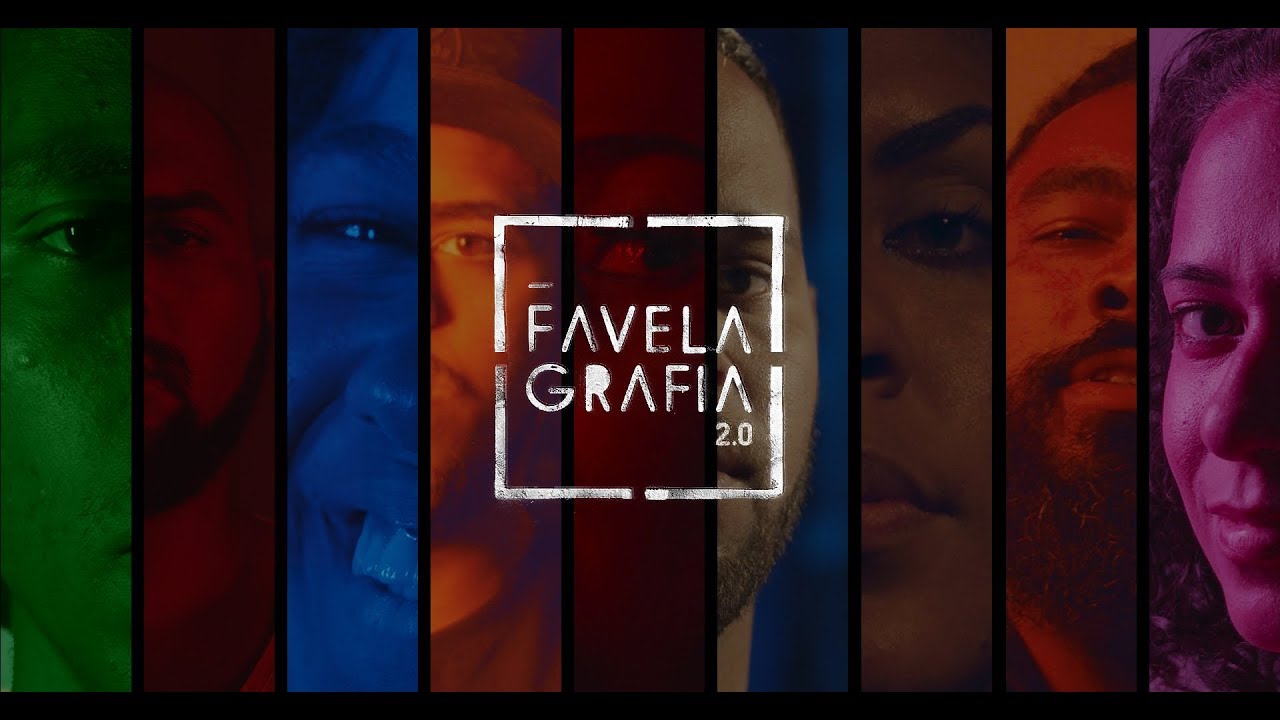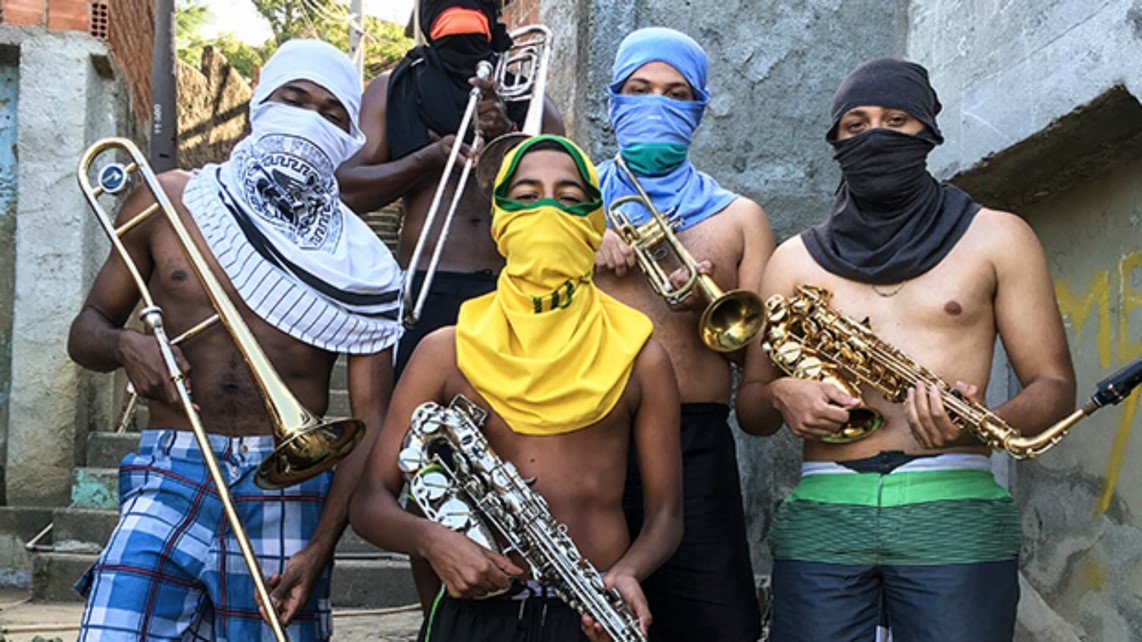RIO DE JANEIRO, BRAZIL – The ‘Favelagrafia’ (Favela Graphics) social project, launched in 2016, is now back in a broader and new format, showing the public, free of charge, the unpublished Favelagrafia 2.0 multimedia exhibition at the Rio de Janeiro Museum of Modern Art (MAM). The exhibition opened yesterday, November 9th, and will run until December 8th.

The director of NBS SoMa, the agency in charge of the project, Aline Pimenta, told Agência Brasil that in 2016 the main goal was to display Rio’s favelas through the eyes of their residents. The project won two awards at the Advertising Festival in Cannes, France, in 2017, in the design and entertainment categories.
“There’s a very stereotypical image of the favelas,” said Aline. “As if there was only backwardness in these places, guns,” she explained. The project then decided to open enrolments on social media and ended up selecting nine young residents from nine favelas in Rio de Janeiro with the mission of photographing the peculiarities of each community, the landscapes of everyday life.
The Instagram account @favelagrafia was then created, which was fed by the nine photographers with their favorite images. By the end of the project, the MAM hosted the exhibition Favelagrafia, given the quality of the photographs. “Since then, the nine photographers have taken part in a number of events, lectures, trips,” said Aline. The group remained active and as the project’s official photographers. They also exhibited at the Tomie Ohtake Institute in São Paulo.
Creative powers
This year, the Favelagrafia project entered its second stage, displaying a difference in form and content. In addition to photos, the project features footage in video art format, which represents the production and design work, “requiring other skills and a more thorough approach than the photographer’s eye,” Aline explained. The group took part in workshops for each one to find their own style.

Regarding the content, the director said that the photographers had to portray the creative powers of the favelas, in the form of people. They chose people linked to artistic activity, such as music, dance, theater, performance, who live or have a close relationship with the favelas. “The idea was to show that the favela is a place of power and not of need, and boasts a very lively cultural dimension,” said Aline Pimenta.
Photographers Josiane Santana (Complexo do Alemão), Omar Britto (Babilônia), Anderson Valentim (Borel), Magno Neves (Cantagalo), Jéssica Higino (Mineira), Saulo Nicolai (Prazeres), Joyce Marques (Providência), Rafael Gomes (Rocinha) and Elana Paulino (Santa Marta) spent three months researching artists from the most wide-ranging cultural and artistic backgrounds in their favelas. And instead of photos, they produced video art footage, which is short footage where they portray a little of these residents’ work.
For the photographers, the project is an opportunity that can make a great difference. “A door that opens changes a life,” said the director of NBS SoMa. The debate that the exhibition intends to spark is “why don’t we open more doors?”. “This is the discussion that the exhibition proposes to promote”.
The nine photographers have different lifestyles that they portray in their works. “They are a rich group because they are diverse”. Some of them live off photography, others have photography as a second financial activity and some consider it a field of experimentation and artistic experience. In the Favelagrafia 2.0 exhibition, they will feature 18 videos and 36 photos.

Next step
Aline Pimenta unveiled that the next step, depending on the sponsorship that the project gets, is to establish a network of Favelagrafia in Brazil, starting from São Paulo, which would include the nine photographers from the communities of Rio de Janeiro as monitors. “The idea is to keep adding and building a network that can be strengthened”.
Aline agreed that the nine photographers have become a reference in the favelas where they live, and accomplish works that should be viewed by society as a whole. This year, the project included photography workshops conducted by the photographers in their communities, which attracted the attention of many children, pre-adolescents and adolescents.
“These were not training workshops, but rather inspirational ones,” said the director. “It is important to have close references and they are very close and very strong references”. Aline believes that photographers from the favelas can show that there is another way of life, through art, “that can work out, yes”.
The talents discovered during the first edition of the Favelagrafia project, in 2016, have more than 40,000 followers in the project’s official profile on Instagram @favelagrafia. The Favelagrafia 2.0 Project is fostered by the City of Rio de Janeiro, through the Municipal Secretariat of Culture and was conceptualized by NBS SoMa.
Source: Agência Brasil

